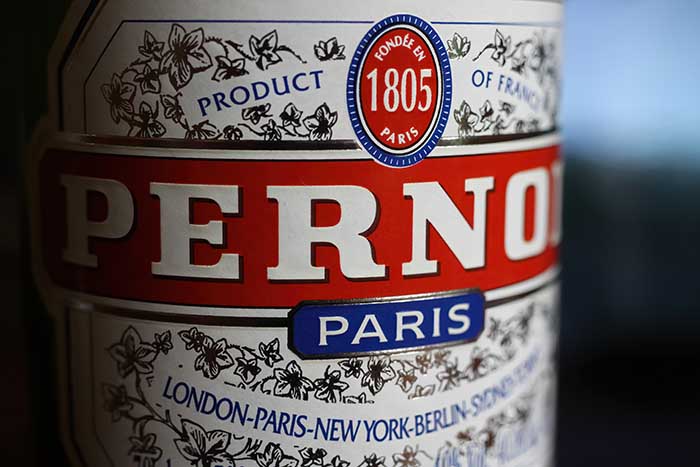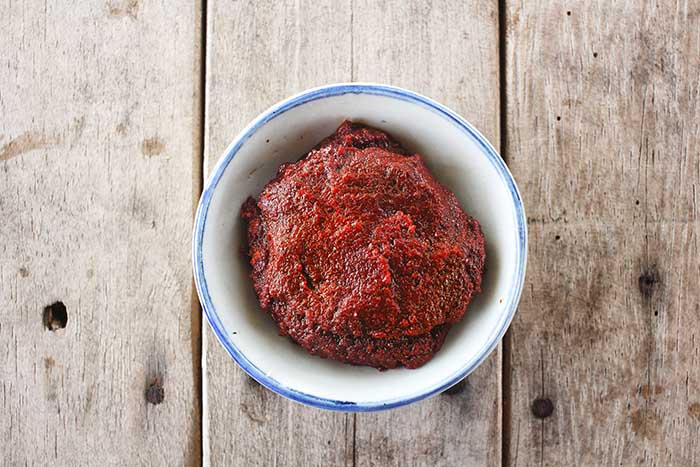Bay leaf is a hardy herb best known for its use in Indian, Caribbean, and Mediterranean cooking. Whether you’re making biryani, jerk chicken, or beef stew, reproduce the herb’s unique aromas with these best bay leaf substitutes.
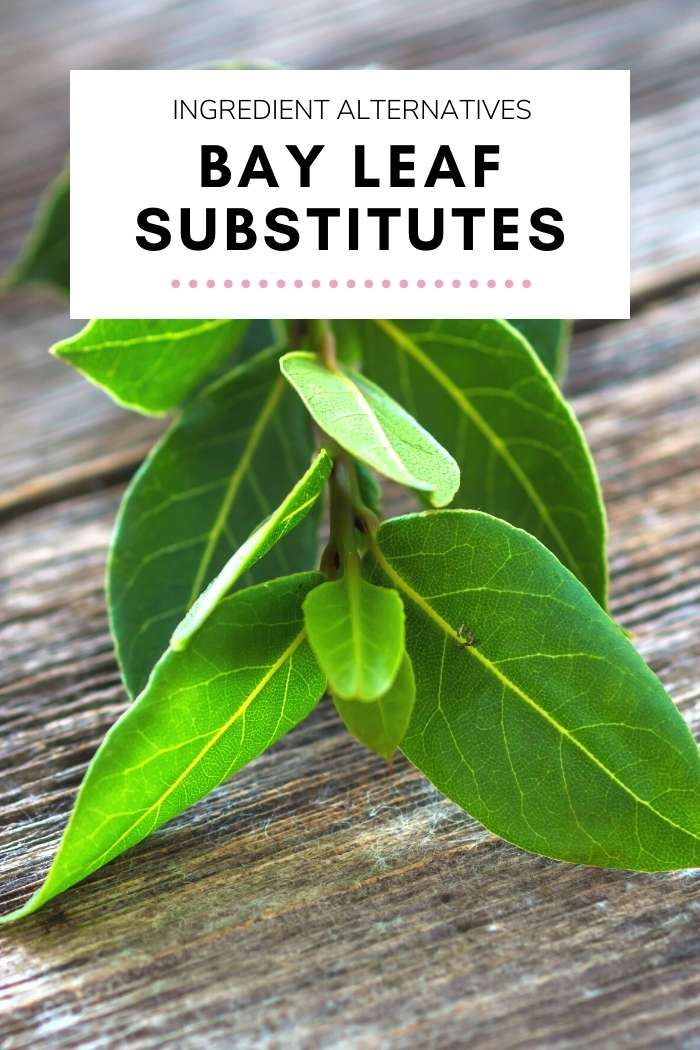
Bay leaf is an aromatic herb that adds extra flavor to recipes by slowly releasing oils as your food cooks. It’s most commonly used dried in its whole form in most of the world’s cuisines, from the Philippines to Indian, as well as Mediterranean and Caribbean.
Although it’s incredibly bitter to taste (it’s this reason why we remove it from food before eating!), the aromas it adds to slow-cooked food infuse it with a beautiful herby and floral flavor.
How can we replicate that unique flavor if we’ve run out of bay leaves, or if we simply don’t like the bitterness it carries? Thankfully, there are some easy replacement ingredients that are up to the task.
Best Bay Leaf Substitute
The best bay leaf substitutes are dried thyme or oregano. Both these herbs have a similar earthy aroma to bay leaf and can add a beautiful layer of flavor to your slow-cooked curries, soups and stews. Thyme works especially well with beef and lamb dishes while oregano is best with vegetable and tomato-based recipes. Use ¼ teaspoon of either thyme or oregano for every single bay leaf you’re replacing.
Thyme
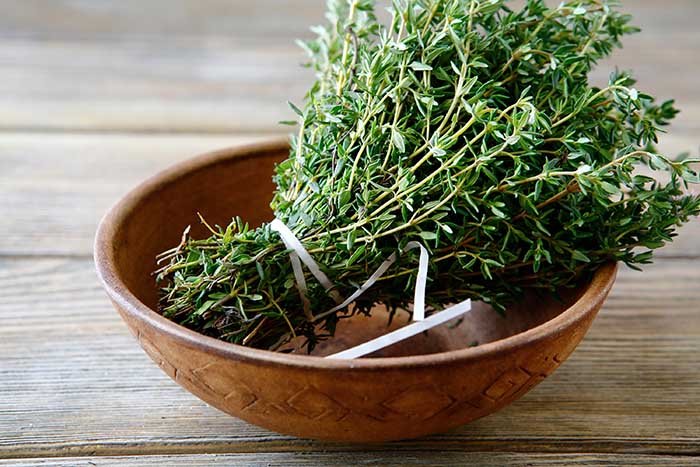
Thyme is an everyday herb used in many European and Middle Eastern dishes. Available in both fresh and dried form, it has an earthy flavor with a subtle layer of mint and lemon. It’s a key ingredient in Herbes de Provence and Bouquet Garni, and goes particularly well with roasted vegetables, as well as soup recipes and stews.
The leaves grow on thin stems and are plucked to season dishes with. You can either use it in conjunction with other herbs (like oregano) or on its own.
Dried thyme has a similar flavor to bay leaves, and works especially well in beef and lamb recipes. The herb’s leaves may be small but can be punchy, so only use ¼ teaspoon of dried thyme in place of 1 bay leaf.
Oregano
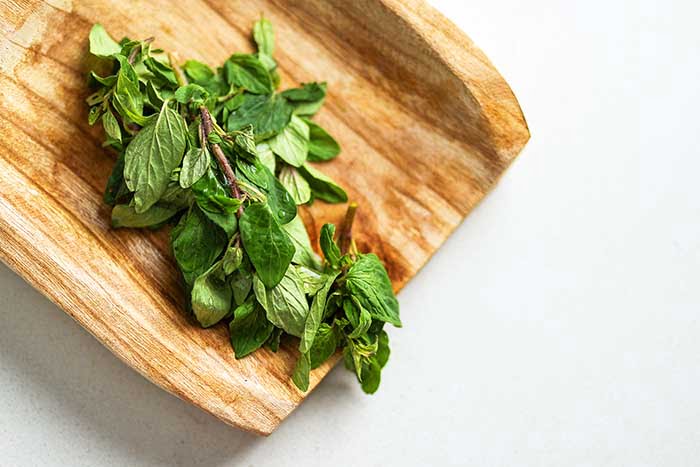
Oregano is a member of the mint family, and bears similar flavors along with strong, earthy notes with a hint of spice. Its origins can be traced back to the Mediterranean.
The leaves are small, but they pack a punch. They are pungent enough to flavor a variety of dishes effectively. It makes a good substitute for bay leaves because it is aromatic and also minty. It pairs well with tomato-based dishes, especially Italian pasta and pizza sauces.
To use it as a replacement for bay leaves, use ¼ teaspoon of dried oregano for 1 bay leaf. Or equal amounts if you are replacing crushed bay leaves.
Basil
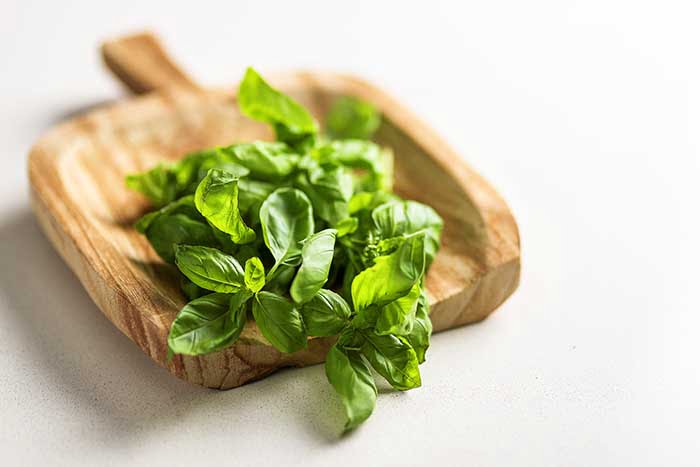
Basil is a herb best known for complementing Italian dishes and as the main ingredient in pesto. It’s also a key ingredient in marinara sauce. Just like bay leaves, it has a strong aroma so should always be added last in recipes.
Originally cultivated in India, Southeast Asia, and Africa, basil is now found worldwide and is even easy enough to grow at home. There are many varieties of basil, but the type most commonly used in Western cuisine is sweet basil. This variety is what’s used in pesto to give it its iconic flavor and green color.
Although part of the mint family, basil carries a much more peppery and deep anise seed flavor, although it does carry a very subtle note of mint.
Basil works best when paired with Italian tomato dishes, like pizza toppings, Caprese salad, pasta, and salads.
Fresh basil can replace bay leaves almost like-for-like in a 1:1 ratio. Simply swap out one bay leaf for one fresh basil leaf. Likewise, if you are replacing crushed bay leaves, dried basil can replace them in the exact same quantity.
Juniper Berries
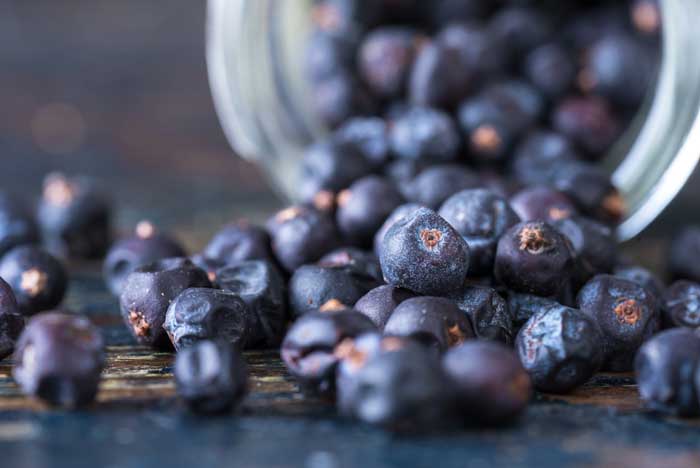
Juniper berries are well-know for their role in flavoring gin, but they have their uses in cooking, too. The name might make you think these berries are a fruit, but they are actually more of a spice.
Juniper berries are an aromatic herb, and their flavor makes them an excellent choice for flavoring food. They have pine and pepper-like flavor, which can overpower a dish if they are not used sparingly, just like bay leaves.
To replace bay leaves with juniper berries, use 2 or 3 berries for 1 bay leaf. Just like bay leaves, you can use the berries to get the taste you desire, but you will need to remove them to keep those flavors balanced.
Boldo Leaves
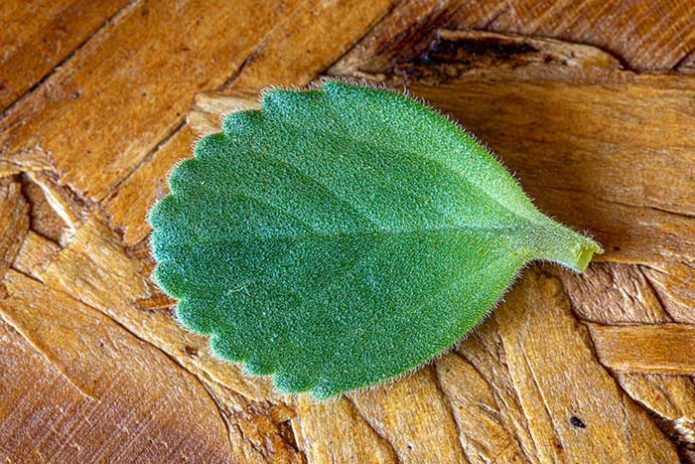
Boldo leaves are taken from the boldo plant. They make an excellent bay leaf alternative because they have similar notes and flavors. For example, they are both bitter. However, boldo leaves are still somewhat milder and softer than bay leaves. Since they are more subtle, they pair well with recipes that require a milder taste.
To replace bay leaves with boldo leaves, you can use half a boldo leaf for every single bay leaf called for in the recipe. Or you can use ¼ of a teaspoon of crushed boldo leaf for ½ of a teaspoon of crushed bay leaf.
Rosemary
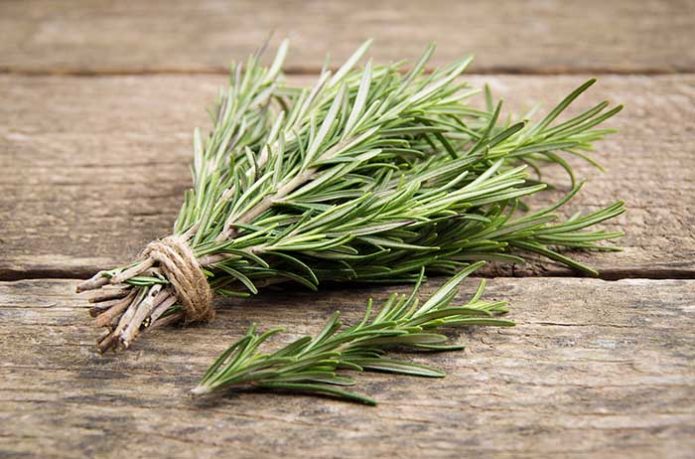
Rosemary is a Mediterranean herb recognizable for its thin, needle-like leaves. It smells fresh and woodsy, similar to mint and pine needles.
Rosemary features in dry rubs and spice mixtures to season meat, particularly pork. It can also add a kick to vegetable dishes, including roasted potatoes. Finally, rosemary is a herb that works well for long cooking times, so it is often used in soups.
Rosemary works as a bay leaf substitute because they have similar earthy flavors, and both impart their flavors best during long cooking times. Rosemary is less bitter than bay leaf and not as intrusive because it comes in small leaves, not one large leaf that could ruin someone’s dinner if they bit down on it.
You can add 1/4 tsp or one sprig of rosemary per bay leaf in the recipe. The 1:1 substitution and similar flavor profiles make rosemary an attractive substitute for bay leaf.
Mexican Oregano
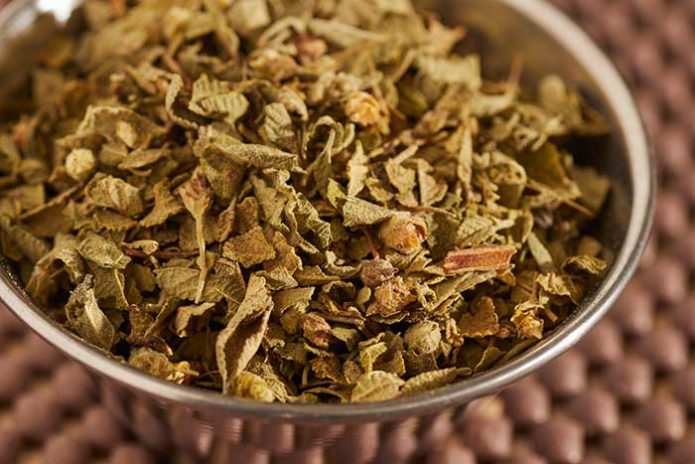
Mexican oregano, sometimes called rosemary mint, is a staple of Latin American cuisine. Although it has similar earthy notes to its Mediterranean analog, Mexican oregano also has a strong citrusy aroma. Mexican oregano is usually sold in its dried form. It looks like small, curled leaves.
Mexican oregano’s bright flavors and warm base serve to lift rich dishes. It is popular in hearty meat dishes such as carnitas. It also adds a note of complexity to sauces such as mole. Many classics of Mexican cuisine use this herb.
Mexican oregano works best as a substitute for bay leaf if you are following a Latin American or Mexican recipe because the flavor profiles of that dish will also work with this spice. Use it in any hearty meat dishes or complex sauces. You can also use Mexican oregano as a substitute in bean dishes and chili, although you should be prepared for the slightly citrusy notes.
About 1/4 teaspoon of Mexican oregano can replace one bay leaf.
Red Bay Leaves
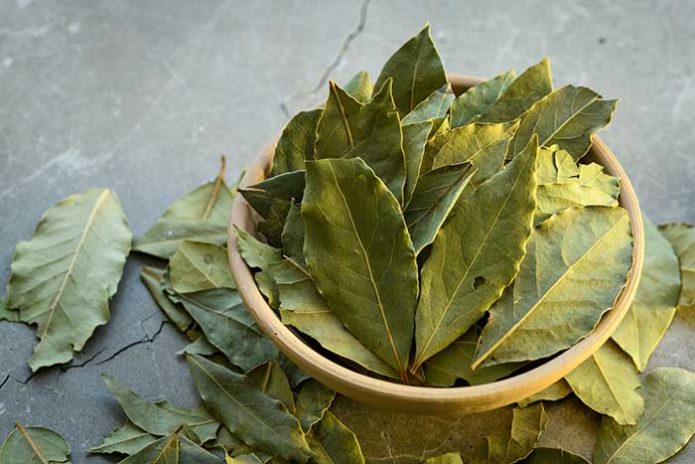
Red bay is a plant that originates in North America, while bay leaves originate in the Mediterranean. Red bay leaves come from the Persea borbonia tree, a large evergreen tree.
Red bay leaves have a spicier aroma than regular bay leaves, particularly when crushed. The leaves are shaped similarly to bay leaves, in an oblong shape, although the color is reddish (how the plant got its name). Red bay leaves are used in soups and stews and when cooking meat. It is common in southern U.S. cooking because that is where this tree grows most often.
Red bay leaves work well as a substitution for regular bay leaves because the plants are so similar. You can use red bay leaves in most dishes that you would use ordinary bay leaves, including meat braises, chilis, and stews.
However, be prepared for the spicier, more intense flavor of red bay leaves. Red bay leaves are also harder to source than regular bay leaves, so if you’re not in the southern U.S., you may be better off using a different substitute.
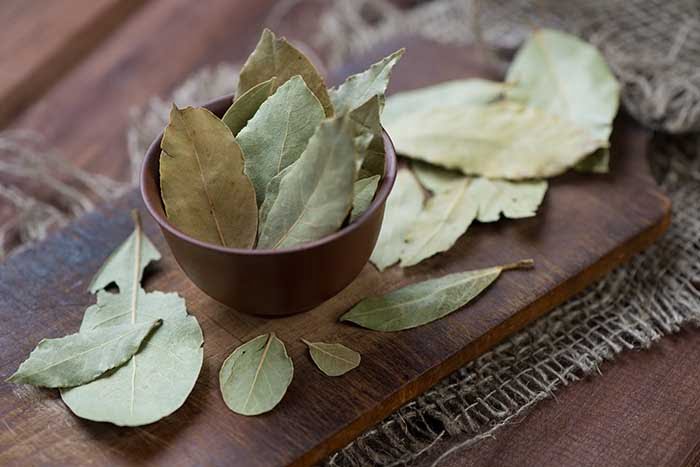
Fresh vs. Dry Bay Leaves
Confusingly, bay leaves can come in either fresh or dried form. The two can be used in place of each other depending on the recipe. However, the quantities will differ due to the intensity of taste being different. One of the differences between dry and fresh bay leaves is their appearance. Fresh leaves are green and glossy, and dry leaves are browner in color.
The process of drying the leaves also brings out the stronger side. The flavor intensifies as the leaves are dried. Also, their shelf life increases considerably when they are dried. However, when it comes to taste, they are very different. The fresh version has a robust menthol-like taste. If it is left too long in the dish, it tends to take over. Dried bay leaves have a strong, bold flavor.
The other difference is that fresh bay leaves are more expensive. So, if price is a factor for you, then you might want to go for dried leaves.
For replacement ratios, you can use one fresh bay leaf in place of two dried bay leaves. You can substitute a single dried leaf with ¼ of a teaspoon of ground bay leaves. A fresh leaf can be replaced by ½ of a teaspoon of ground bay leaves.

